
The Cement Express: Herbert Schulz delivers the raw materials for bridges and foundations
Story
Cement is a sensitive product. So it's a good thing that driver's can rely on the support of Sideguard Assist and Active Brake Assist 4 – one such driver is Herbert Schulz.
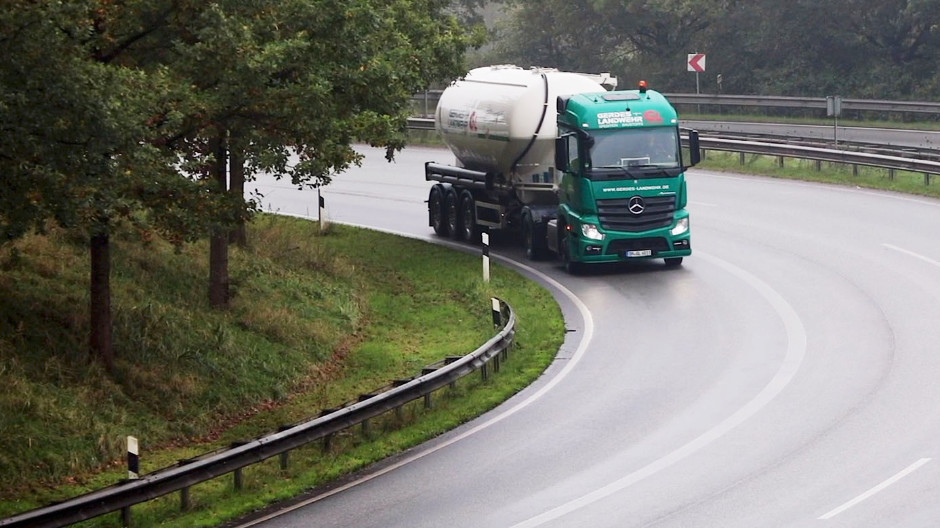
The Cement Express: Herbert Schulz delivers the raw materials for bridges and foundations.
Herbert Schulz transports tens of thousands of kilos of the product
day in, day out. But the driver only gets to see his load through a
small pane of glass a few centimetres wide. When he unloads his silo
trailer, he has to keep his eye on that. "I check if the cement's
flowing smoothly," says 46-year-old Schulz on this winter
afternoon.
The building material is pumped from the trailer through a thick
black hose at one bar pressure. Two or three times, Herbert hits the
aluminium wall with a rubber mallet to estimate the cement level by
the echo. After almost three-quarters of an hour, about 29 tonnes of
cement have flowed into the silo of the plant which manufactures
ready-mixed concrete.
This article contains additional material (videos, images and reports etc.) for registered RoadStars members. In order to experience the article to the full, you need to log in with your RoadStars account or register for one free of charge.
Become a RoadStar and gain access to exclusive content and campaigns!
Login for RoadStars members
Not yet a member? Join RoadStars now
Obtain exclusive access to exciting events and activities which only RoadStars can offer.
Join RoadStarsHe almost always drives his Actros with the maximum load. "It's
good to know I've got the latest safety technology on board!"
Besides the Actros and Antos, Mercedes-Benz Trucks now offers
Sideguard Assist for the Arocs construction site specialist. This
means that the assistance system is now available in more than 20
vehicle versions. If moving or stationary obstacles as well as
pedestrians or cyclists are located on the right-hand side of the
vehicle in its warning area and if there is a risk of a collision,
Sideguard Assist warns the driver both visually and acoustically.
Safeguard Assist can also assist the driver when changing lanes to the
right and thus also functions as a lane-change assistant at higher
speeds.
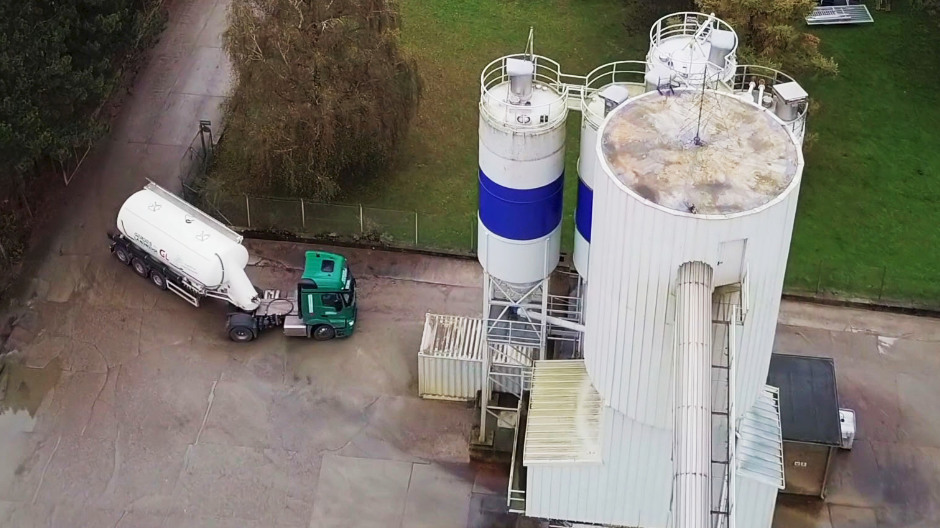
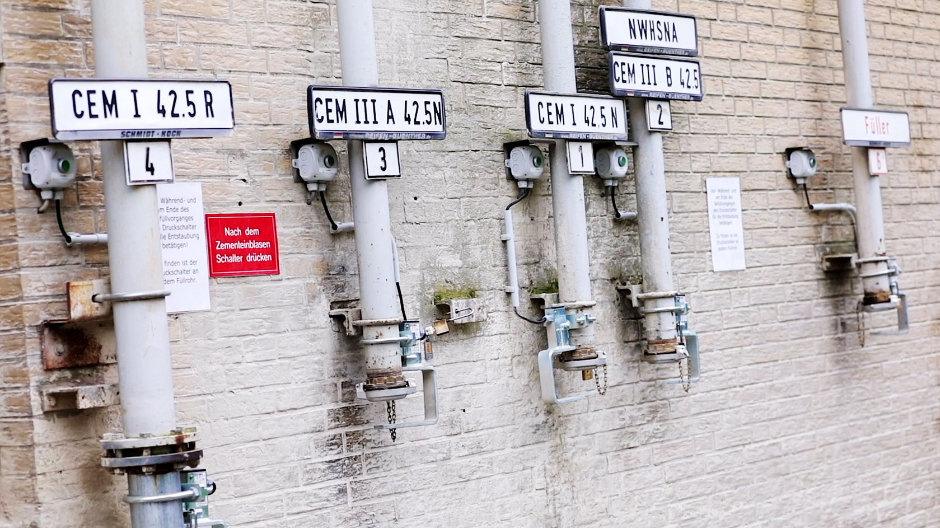

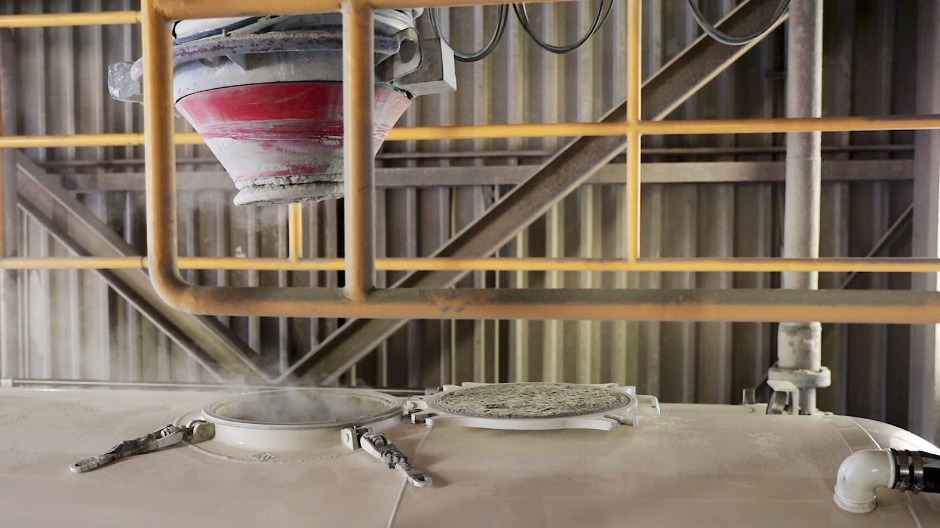
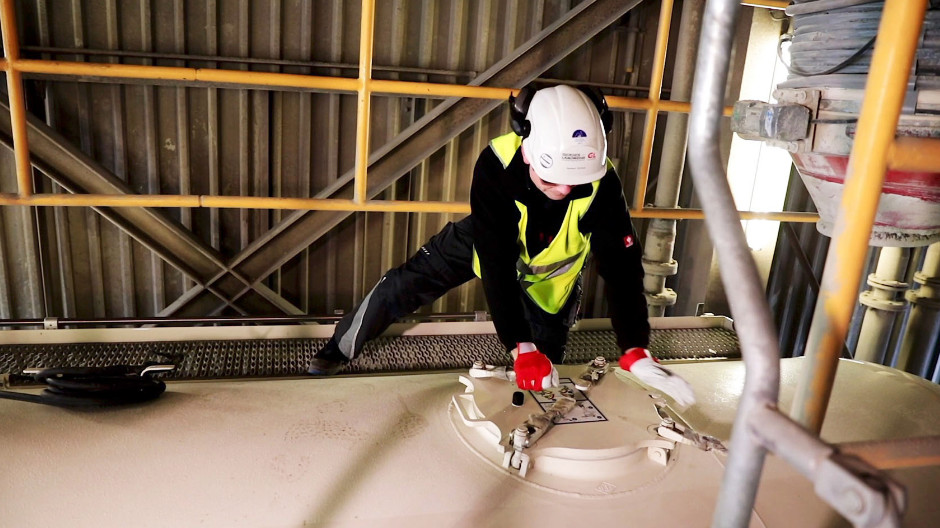
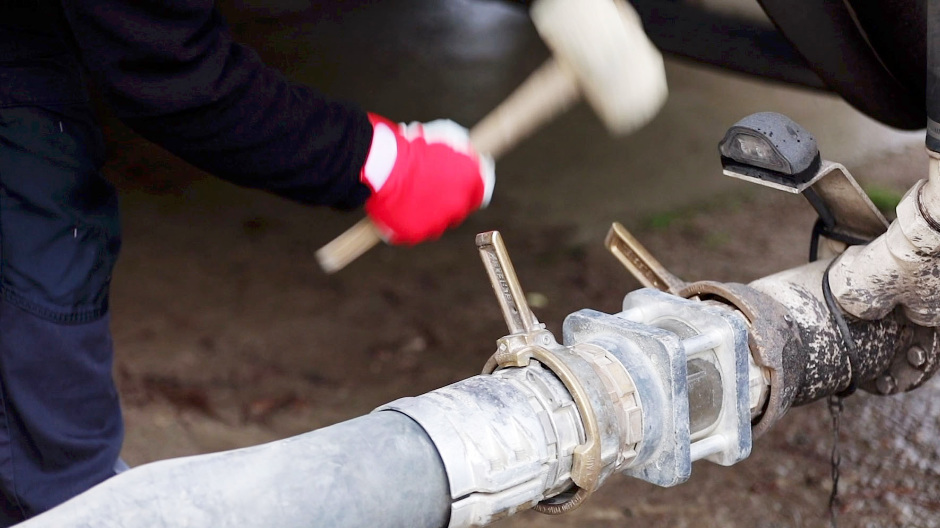
Today, Herbert picked up his load at the Holcim cement works in
Bremen. At his destination in Delmenhorst, gravel, sand, water and
additional materials are added, before the fresh concrete is ready for
immediate use.
It is very tricky transporting cement. This is particularly the case
when ready-mixed concrete has to be made. The factories only produce
when the construction sites have notified them of their requirements.
And those needs can vary enormously. An important factor for this is
the weather, because most sorts of ready-mixed concrete can neither be
produced nor worked with at temperatures below freezing as the water
in it will otherwise freeze.
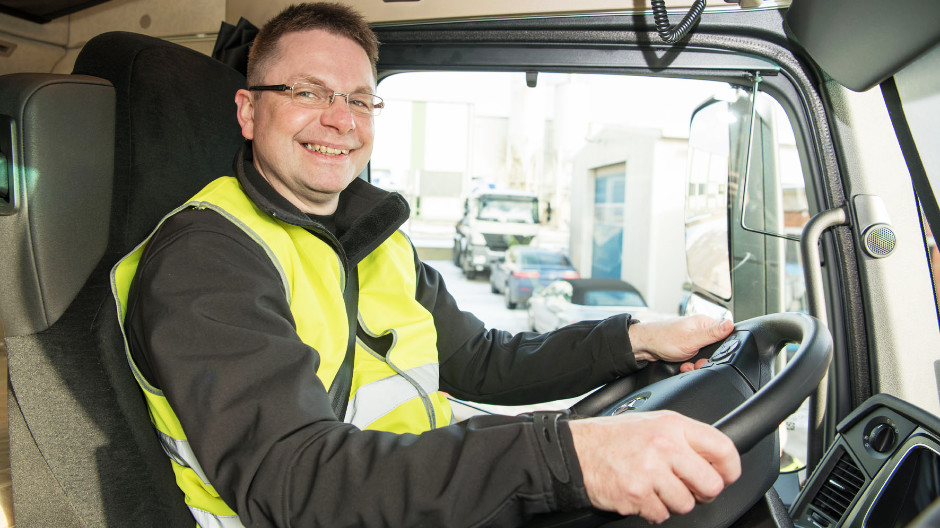
Where ready-mixed concrete is involved, punctuality is crucial for Herbert.
Where ready-mixed concrete is involved, punctuality is crucial –
which automatically applies to the cement transporter too. "If a
motorway bridge is being built, for example, we normally work with
so-called slipforming," explains Herbert. That means a fixed
quantity of ready-mixed concrete must always flow into the casing. If
the supply were held up, the workers would be forced to stop the
process. The cement used until that point could harden. This would
impair the stability of the construction.
Even if the transportation runs smoothly, the driver is not yet off
the hook. "Cement must not be contaminated at all, because this
would impact the quality," says the Actros driver. As the silos
cannot be cleaned while out and about, that means he has to keep to
the binding order of the products to be loaded.
"The job is demanding, but it has lots of good points
too," says Herbert. As a rule, the drivers can go home at night.
"Also, I can load and unload my silo trailer myself."
Another advantage is that when he is transporting cement, he doesn't
have to secure the load. "But now, I'd best get on!" Off he
sets in the direction of the cement works, where the next 29 tonnes
are ready to be loaded!
Photos: Alexander Tempel, Christian
Schmid
Video: Alexander Tempel




Comment
Please log in to post a comment.
5 comments
Super RoadStars 👍
Super RoadStars 👍
Gruß
Klaus
Gruß
Klaus
da hast du Recht: auch für Silozüge gilt das zulässige Gesamtgewicht von 40 Tonnen und die Silozüge haben ein Leergewicht von nur 10,5 bis 11.3 Tonnen.
da hast du Recht: auch für Silozüge gilt das zulässige Gesamtgewicht von 40 Tonnen und die Silozüge haben ein Leergewicht von nur 10,5 bis 11.3 Tonnen.
vielen Dank für deine spannende Frage! Wir haben sie an unseren Ansprechpartner dazu weitergeleitet und melden uns, sobald wir die Antwort bekommen haben.
vielen Dank für deine spannende Frage! Wir haben sie an unseren Ansprechpartner dazu weitergeleitet und melden uns, sobald wir die Antwort bekommen haben.